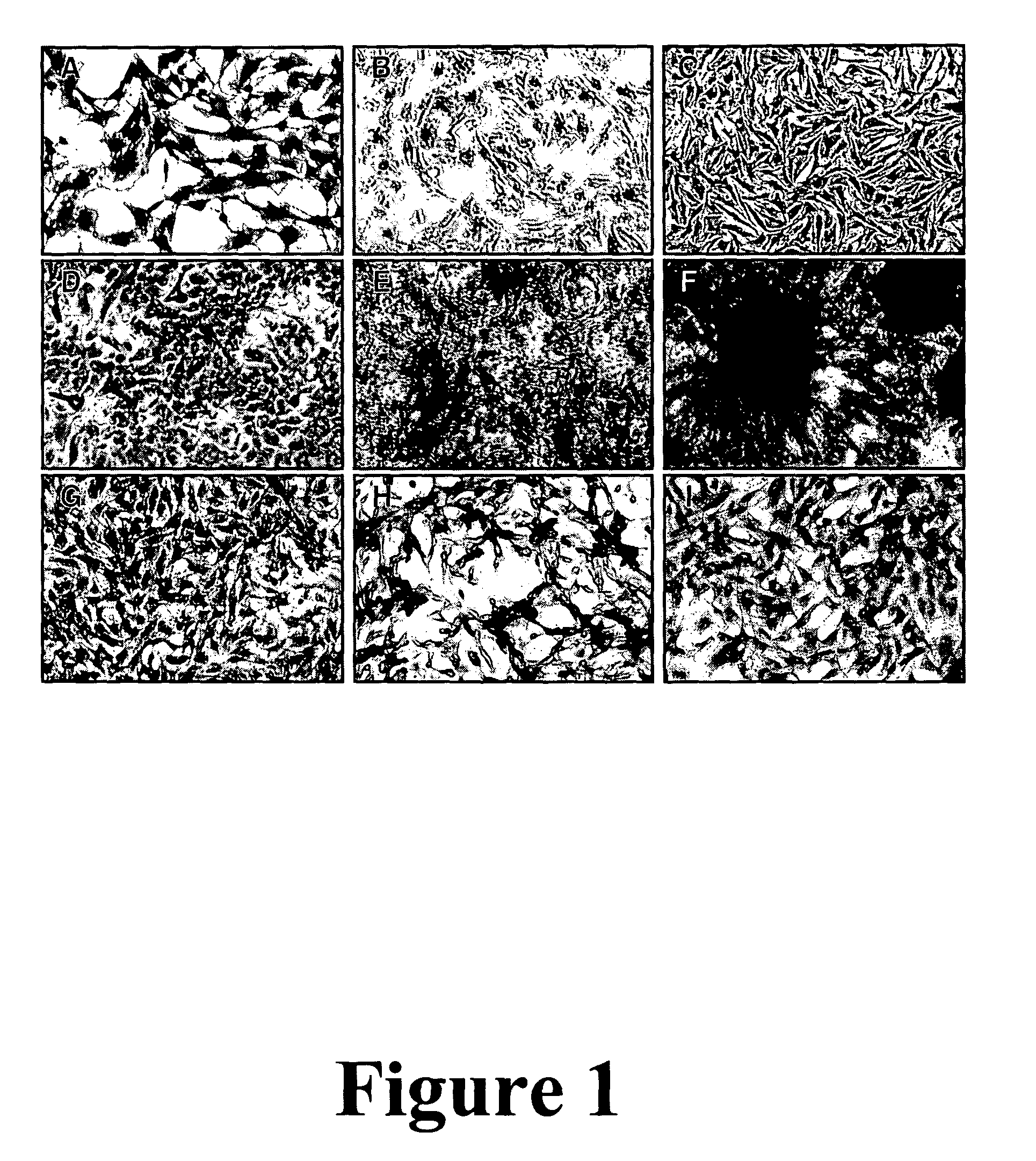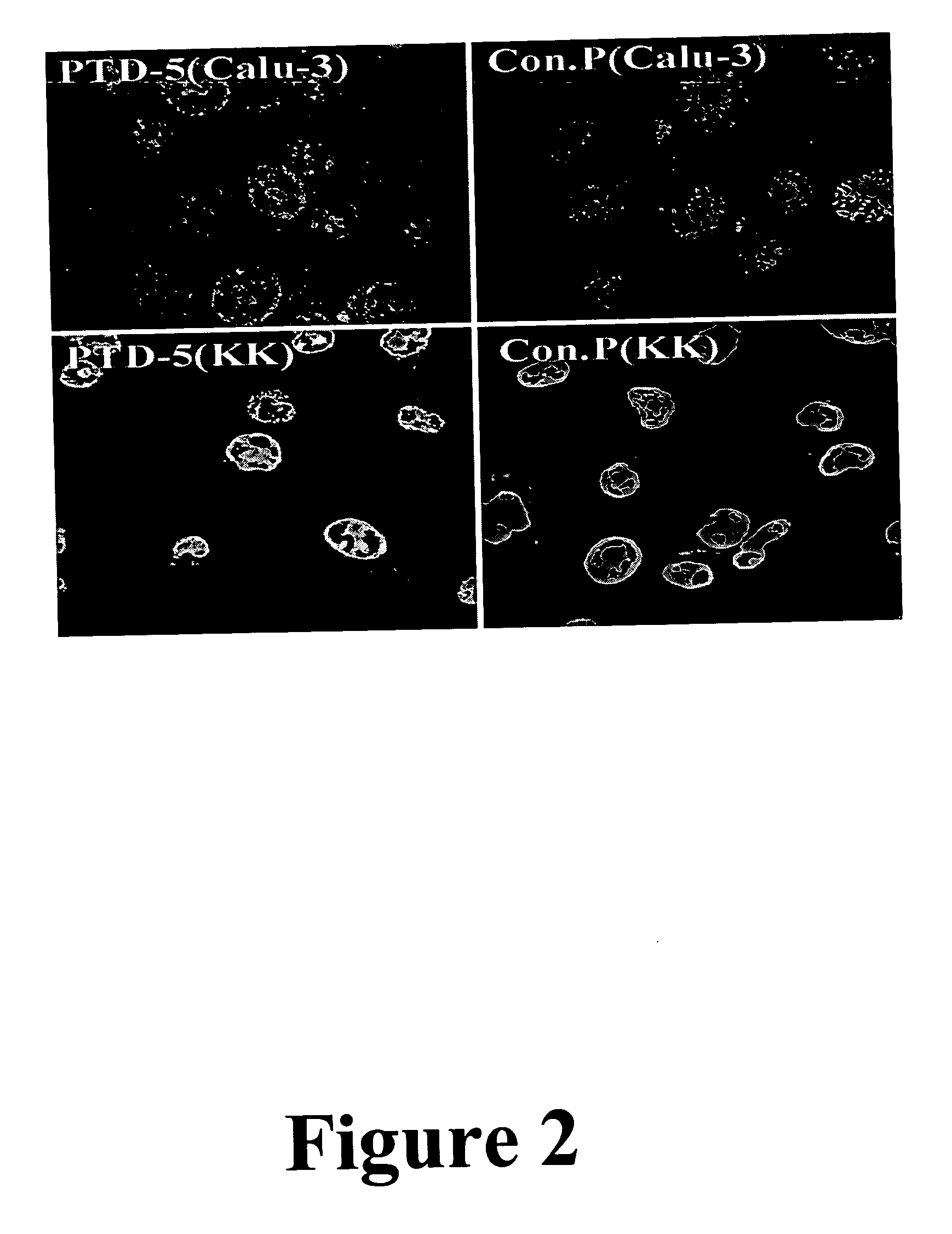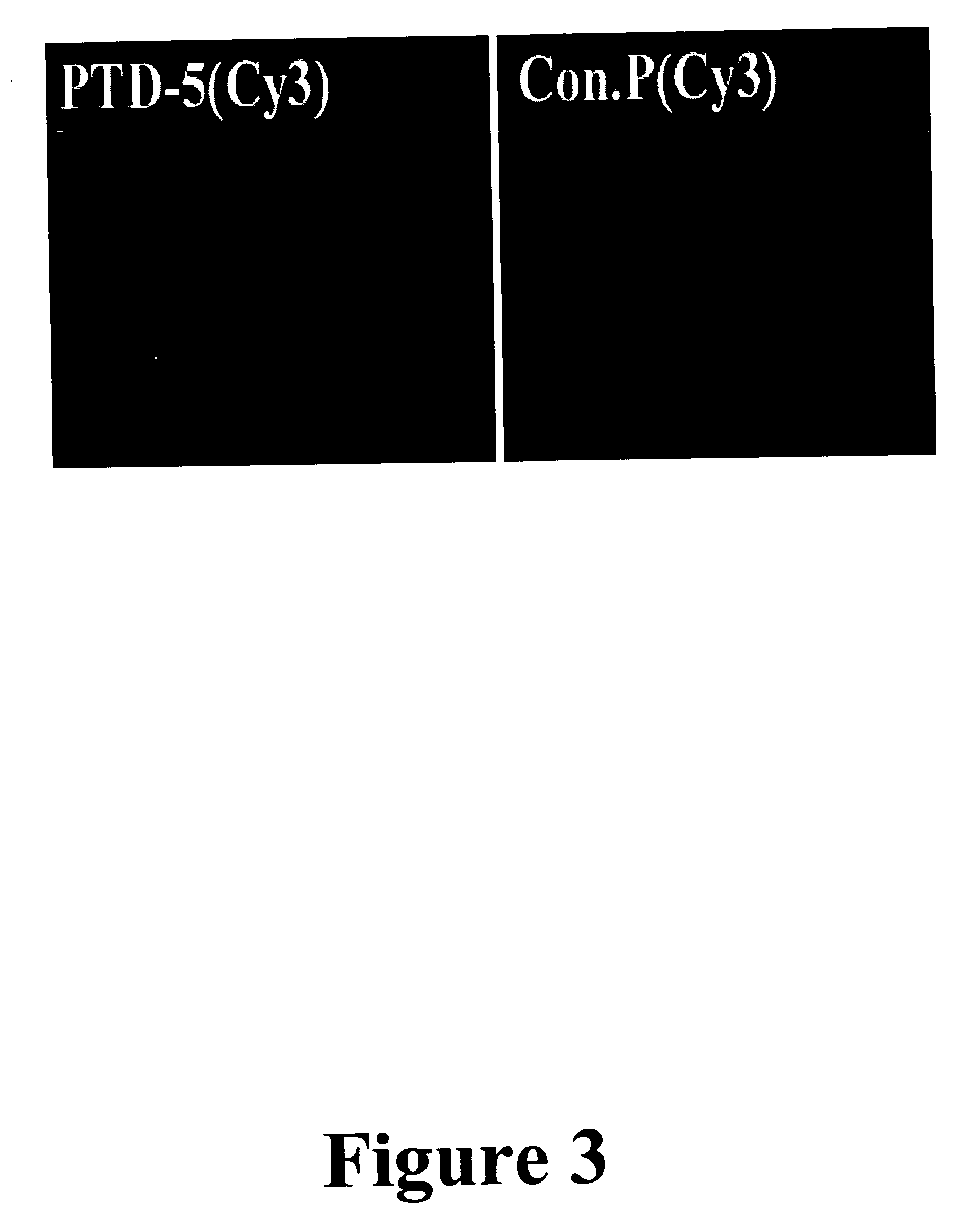Polypeptides for increasing mutant CFTR channel activity
a technology of cftr channel and polypeptide, which is applied in the direction of peptide/protein ingredients, peptide sources, applications, etc., can solve problems such as protein degradation, achieve the effects of reducing retention of mutant cftr, facilitating delivery and uptake of polypeptides, and restoring cftr-mediated chloride channel activity
- Summary
- Abstract
- Description
- Claims
- Application Information
AI Technical Summary
Benefits of technology
Problems solved by technology
Method used
Image
Examples
Embodiment Construction
[0031] The present invention provides methods and compositions for increasing chloride channel activity in epithelial cells expressing mutant CFTR. Such mutants include, but are not limited to the .DELTA.F508 CFTR mutant. The compositions of the invention include CFTR polypeptides, or nucleic acids capable of expressing such CFTR polypeptides, capable of competitive binding to molecular chaperones normally associated with CFTR and nucleic acid molecules encoding such CFTR polypeptides. The methods of the invention include delivery of the CFTR polypeptides, or expression of nucleic acid molecules encoding such polypeptides, in epithelial cells expressing mutant CFTR.
[0032] In yet another embodiment of the invention, compounds or agents capable of inhibiting molecular chaperone activity, or expression, may be used to enhance channel activity in cells expressing mutant CFTR. Such agents include, for example, agents that bind chaperones and thereby inhibit interaction with the CFTR prot...
PUM
 Login to View More
Login to View More Abstract
Description
Claims
Application Information
 Login to View More
Login to View More - R&D
- Intellectual Property
- Life Sciences
- Materials
- Tech Scout
- Unparalleled Data Quality
- Higher Quality Content
- 60% Fewer Hallucinations
Browse by: Latest US Patents, China's latest patents, Technical Efficacy Thesaurus, Application Domain, Technology Topic, Popular Technical Reports.
© 2025 PatSnap. All rights reserved.Legal|Privacy policy|Modern Slavery Act Transparency Statement|Sitemap|About US| Contact US: help@patsnap.com



